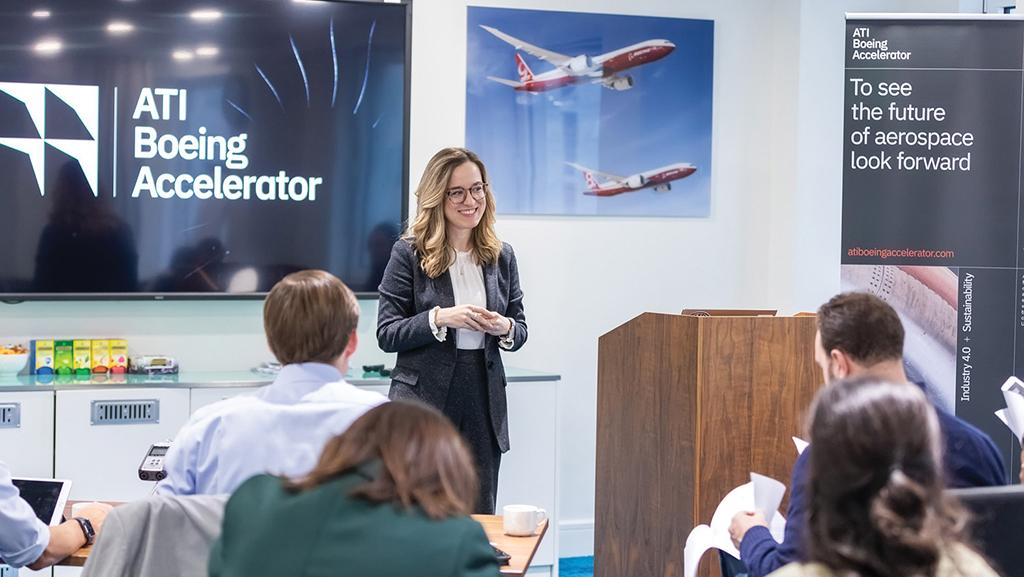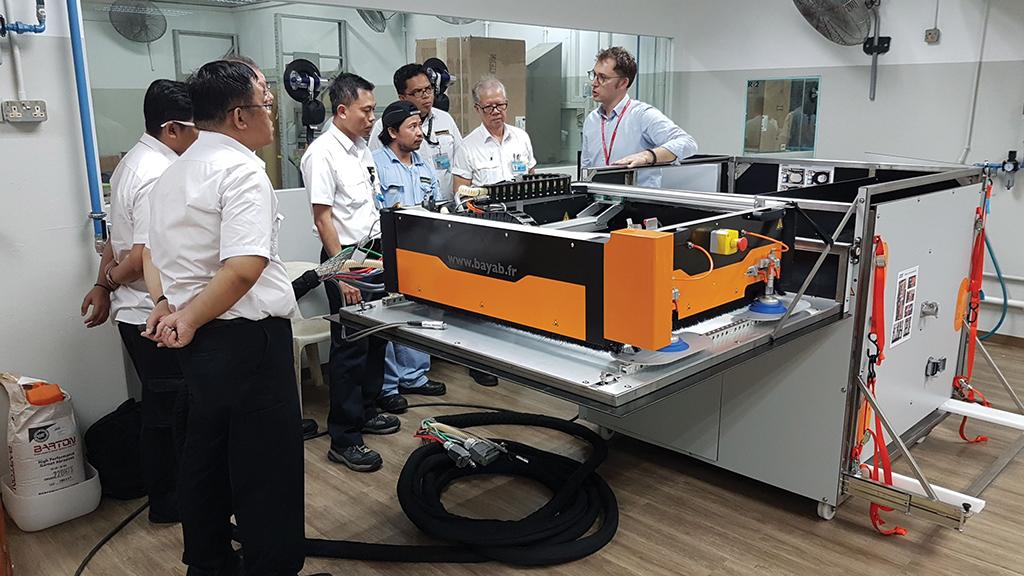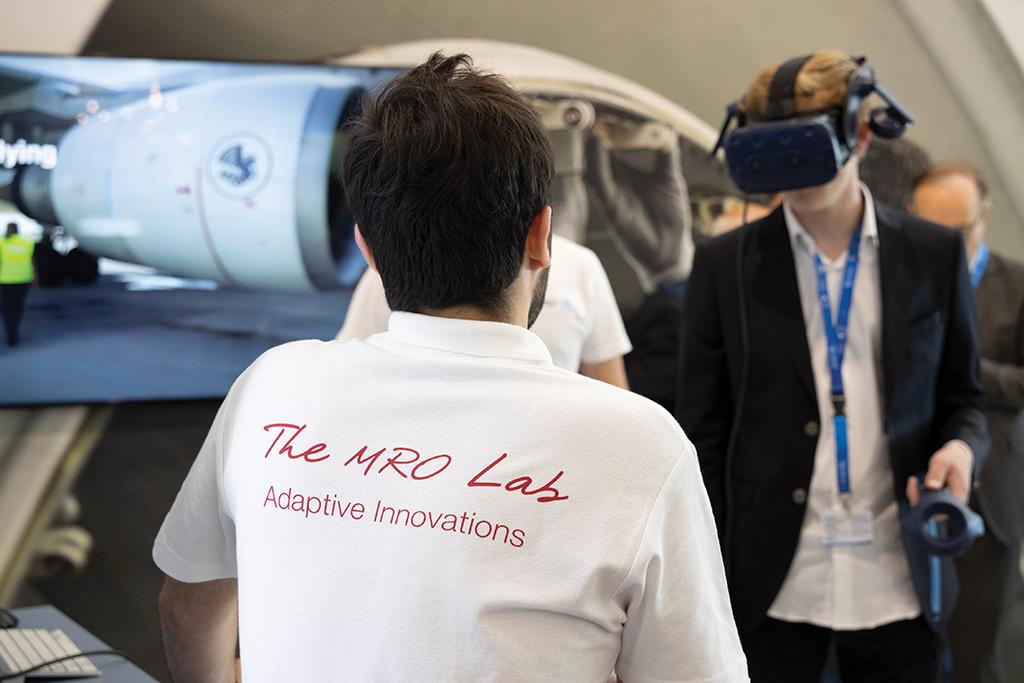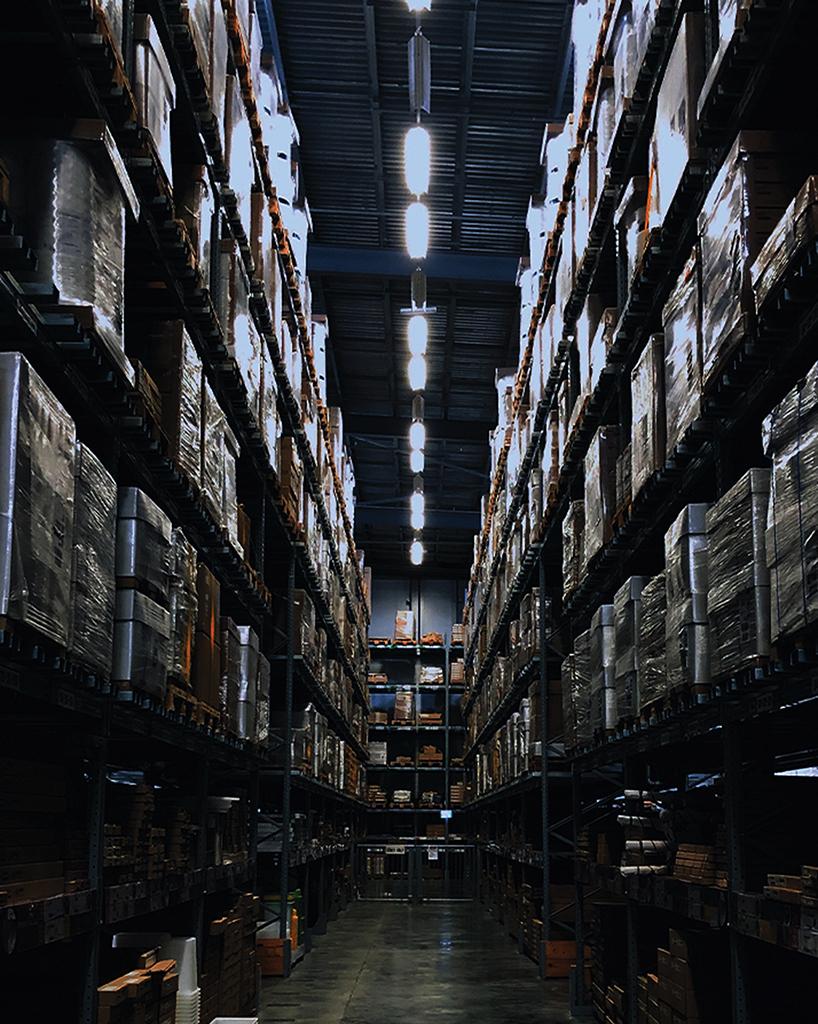Innovation Accelerators Say Tech Key To Surviving Aviation’s Downturn

Over the past five years, the aviation industry landscape has followed in the footsteps of Silicon Valley, with dozens of specialized startup accelerators and in-house innovation labs popping up across OEMs, airline groups and MROs. Some companies have opted to stick with in-house technology development efforts while others are replicating the Silicon Valley model of investing capital and resources into outside startups, but the focus ultimately remains the same: to nurture emerging technologies in an effort to address aviation industry challenges.
Prior to 2020, the industry had plenty of money to burn. However, the International Air Transport Association projects airlines will lose $84.3 billion this year, while aftermarket providers are reporting a 40-50% decline in second-quarter revenues, and orders for new aircraft and engines have nearly ground to a halt due to unprecedented numbers of parked aircraft. With so many companies needing to tighten their belts to survive, will the technology investments in these innovation accelerators be neglected in favor of core business areas, or will the downturn be an opportunity to adopt new technologies even more quickly to gain a competitive advantage?
“From an innovator’s perspective, change is the only constant in life,” says Dupsy Abiola, head of global innovation at International Airlines Group (IAG), which established the Hangar 51 accelerator program in 2016. “COVID-19 has presented wide-ranging uncertainty in nearly every industry, but the world and technical possibilities are changing all the time. Innovation is one of the ways that we can embrace and harness change.”

Abiola notes that Hangar 51’s fifth program, launching this year, will be a virtual accelerator in light of the pandemic. The program, which enables startups and innovators to work with IAG’s operating companies to solve real-world business challenges, has now incubated 35 companies—more than 60% of which have gone on to further trials, commercial contracts or investment from IAG. Hangar 51 has increased its number of finalists and categories each year, and Abiola notes that contactless travel and connected operations are of particular interest this year.
Both SIA Engineering Company (SIAEC) and AFI KLM E&M, which operate in-house innovation labs, note that this year there is increased focus on technological developments for immediate needs such aircraft disinfection and remote-collaboration solutions. A representative for SIAEC says the pandemic’s impact on the industry has presented innovation opportunities despite reduced demand. “We need to invest in the right areas, such as digital transformation and automation, to improve our competitiveness,” says the representative. “It is also an opportune time to reimagine, redesign and lean out our processes, leveraging digitalization and data analytics.”
James Kornberg, director of innovation at AFI KLM E&M, says the company’s in-house innovation arm—called The MRO Lab—was already careful about only pushing development on technologies that solved real pain points, and the pandemic has amplified the need to approach innovation strategically. “For sure we will have to do more with less investment available. One large part of our activity is to test new solutions without any cash-out or also better use all the data available,” says Kornberg. “At the end, to implement the solutions, the return on investment will have to be very good or the investment to keep what we have tested and developed very low. Nevertheless, we continue to identify and test solutions that can help our operations.”
MIXED REALITY AND AUTOMATION
Two areas on which both innovation labs are heavily focused right now are robotic process automation and augmented/virtual reality (AR/VR). The MRO Lab has implemented AR/VR training and has been in the process of testing mobile climbing robots from startup Invert Robotics for aircraft inspections. Both The MRO Lab and SIAEC are testing drones for automated visual inspections. According to SIAEC, the drone trial it conducted in December 2019 at SIA Engineering Philippines reduced inspection time by 80% on average.

SIAEC recently introduced a tool called RepairJet to automate the removal of composite layers for repairs, and it also implemented a pneumatic tube system to automate delivery of small spares between its warehouse, hangars and workshops, which it says has reduced average delivery time to 5 min. from 90 min. In late 2019, it deployed VR headsets to train operational staff on tasks such as opening/closing engine fan cowls, replacing slide rafts and calculating aircraft fuel amounts.
AR specialist Atheer was a part of Hangar 51’s most recent accelerator round, which ran for 10 weeks in late 2019. During the accelerator, Atheer worked with Iberia’s MRO team in Madrid to explore the use of AR to digitalize two complex processes: engine incoming inspection—which can take up to 16 hr.—and making structural damage assessments of aircraft. According to Atheer, its projects with Iberia helped reduce engine incoming inspection time by 30% and saved 30 min. of time per aircraft-on-ground event during structural damage assessments.
STREAMLINING TURNAROUNDS
Two startups devoted to streamlining airline processes and improving communication went through Hangar 51’s accelerator last year. Assaia, which uses cameras installed at airports paired with an artificial intelligence (AI) system to analyze turnaround operations and offer predictive analysis to airlines, was paired with British Airways. It provided the airline with a video stream and live dashboard to detect turnaround events such as line maintenance arriving at the stand.
“Before our technology was available, each and every turnaround had to be actively managed and controlled to ensure that no delay occurred during the turnaround process,” says Max Diez, founder and CEO of Assaia. “Now, British Airways is able to monitor several turnarounds at the same time remotely and only act if our system detects an actual problem.” Diez adds that the “management by exception” approach enables more effective use of staff time, faster corrective action and reduced number and magnitude of delays.
SynapseMX, which uses a cloud-based AI platform to address unscheduled maintenance challenges, worked directly with two organizations under the IAG umbrella. SynapseMX CEO Shane Ballman says the nature of the projects entailed working with both companies at five work groups spanning multiple physical locations across an airport, which caused “natural bottlenecks in information availability.”

“Since our focus is on improving maintenance velocity during unscheduled maintenance (i.e., gate calls), our goal was to increase team coordination across work groups, improve visibility of work status and reduce the work steps required from the existing manual processes,” says Ballman. “We were able to streamline how their teams stayed in sync while reducing the number of work steps—even removing the ‘productivity quicksand’ of trips back into the office to deliver that dual-entry paperwork.”
Ballman notes that the COVID-19 pandemic has proven even more interesting for the aviation industry’s usage of and investment in technology, since companies are both pausing or embracing new technology depending on their business needs. “One of the fascinating and challenging things about the industry restarting is the nature of how it’s happening. Commercial aviation typically doesn’t do things like large increases in operational capacity month-over-month, for instance,” he says. “How do you enable network planning to add capacity to the schedule in a way that engineering and crew scheduling can support? How do we collectively identify and share storage-related failure modes that haven’t even been seen before?”
Ballman suggests that a key component in solving current and future challenges will be industry collaboration through innovation accelerators, including via collaboration platforms such as Rolls-Royce’s Yocova, launched by its acceleration hub R2 Data Labs earlier this year. SynapseMX is a launch partner in the platform, and Ballman says Rolls-Royce has “been putting quite a bit of effort into helping the industry form working groups to solve these and other challenges so that we can collectively pull each other back up.”
SUPPLY CHAIN TRACEABILITY
One of the aviation industry’s newest incubators, the ATI Boeing Accelerator Program, launched last year, right before the pandemic broke out. The accelerator is a joint effort between Boeing, GKN Aerospace and the Aerospace Technology Institute to support innovation and growth of startups in the UK’s aerospace ecosystem. The pandemic delayed the launch of its second cohort of startups, so the program made the most of the situation by extending its support for the nine companies from its first cohort as they “settled into this new ‘normal,’” the consortium says. Its second cohort, which will launch in January 2021, will have both physical and virtual elements.

Since the accelerator’s first cohort of startups was chosen from both inside the aerospace ecosystem and adjacent industries such as automotive or oil and gas, one of the emerging areas of interest for Boeing and GKN was using blockchain technologies to provide better traceability within the supply chain. Startup Circulor, which cut its teeth in tracking and tracing the origin of raw materials used in automotive supply chains to help companies improve sustainability, turned its eye toward solving a number of supply chain challenges for the OEMs.
According to Circulor, its efforts during the accelerator included working with GKN on tracking the carbon footprint within its supply chain, such as emissions related to production of aircraft parts and traceability of powder used for 3D printing of parts. It also worked with both GKN and Boeing on the authenticity and traceability of aircraft parts. Circulor notes that Boeing in particular was interested in maintenance use cases, such as keeping a better record of the location of aircraft parts so they can be procured more efficiently as maintenance occurs.
Also new to the aerospace industry is Kraken IM, which has addressed supply chain traceability issues for industries such as energy and oil and gas. According to its director, Ian Cornwell, Kraken IM’s software platform creates a set of transparent digital requirements for a supply chain, making it easier for customers to see whether the materials they receive are what they requested—all while creating a “digital birth certificate” for all parts that come from the supply chain.
“It’s the first stitches in a digital thread that can give you data for the whole life of the aircraft, from requirement through into use. We’re really just getting started, but where we’d like to get to is the ability to create a digital twin for all the parts and components that get updated as the aircraft is maintained, serviced and inspected and move away from the idea of a ‘system of record’ to [a] distributed ‘ledger of record’ that may involve multiple systems,” says Cornwell. “If we can get there, then it will increase transparency, resulting in reduced losses from downtime and unplanned maintenance, [an] enhanced secondary market and improved productivity.”
He notes that an additional use case Kraken IM has found through the pandemic is tying remote visual inspections to smart legal contracts, which automatically enforce conditions specified in code. These contracts include digital components that enable them to communicate with software systems and respond to events that occur physically. For instance, says Cornwell, if a company wants to ask for new information from suppliers such as precise 3D metrology data, it could be called out in a smart contract clause. Cornwell says this means “you can drive behaviors commercially, not just as an aspiration” by rewarding suppliers for doing things they have never done before.
“COVID-19 has caused a huge supply chain shock from top to bottom. This has been a double-edged sword,” says Cornwell. “As one of our clients described, it’s been ‘digitization by force.’ Tools and processes that might have taken months or years to adopt in normal times have been rolled out in days.” While Cornwell says tech spending was initially confined to immediate business-continuity use cases such as video-conferencing tools, conversations have begun to change now that things are starting to normalize.
“There’s a big emphasis on coming out of the other side of COVID with improved sustainability (economically and environmentally), resilience and efficiency. It’s still a bit early to say for certain, but the discussions we’re having are that technologies that can support these things are going to be in demand with the added bonus that people have realized that they can move fast,” says Cornwell. “The stresses that supply chains have had if anything have started to drive new behaviors now that the shock is over.”
Wil Benton, venture and ecosystem director of the ATI Boeing Accelerator, is seeing similar trends among aerospace companies cautiously returning to service. “Investment has started to pick up, proofs of concept are slowly coming back online, and revenues are starting to reappear. We’ve also seen some of the more established businesses in the industry focus on investing into ‘operations resilience,’ where collaboration with startups (and startup-driven innovation) is being used to lessen the impact from COVID-19,” he says.
Although the innovation sector within aerospace is remaining optimistic, Benton notes that change will not happen overnight. “We aren’t out of the woods. The impact of the pandemic, or its long-term effects, are yet to be seen and are likely to be severe—unlike anything we’ve seen before,” he says. “Innovation will be the key to surviving this, so hopefully we [will] see more industry and startup collaboration moving forward.”





